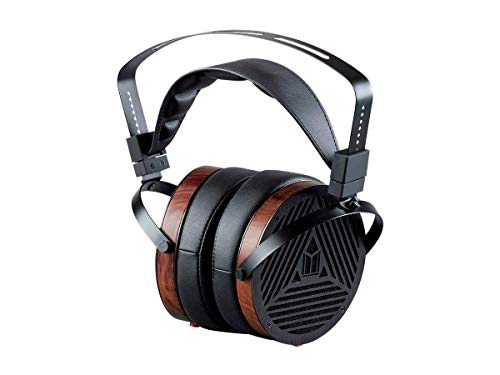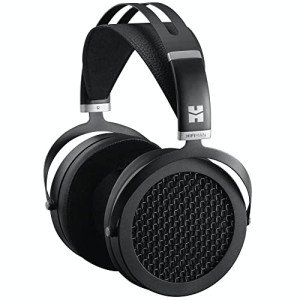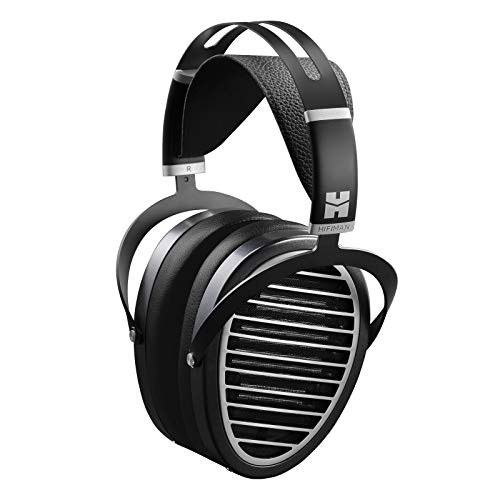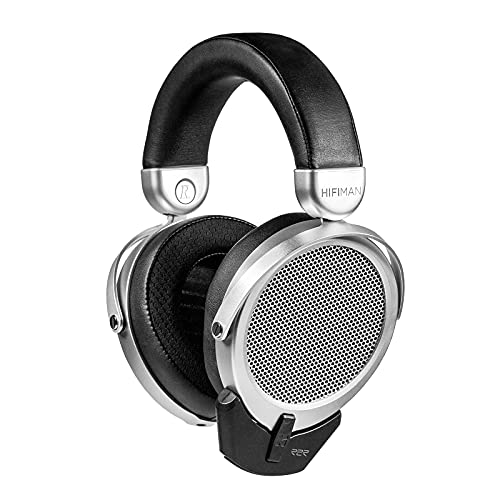In today's fast-paced world, communication and auditory clarity are more essential than ever. With the advent of technology, the demand for high-quality audio devices has surged, particularly for wireless over-ear headphones equipped with noise-canceling microphones. These devices not only offer an elevated listening experience but also cater to the need for clear communication even in disruptive environments. The article delves into the features, benefits, and considerations surrounding these headphones while providing insights into their evolution.
What Are Wireless Over-Ear Headphones with Noise Cancelling Microphones?
Wireless over-ear headphones with noise-canceling microphones are audio devices designed for comfort, portability, and sound quality. They capably cover the entire ear, providing passive noise isolation alongside active noise cancellation (ANC) technology. Their wireless capabilities allow users to connect to devices via Bluetooth, eliminating the constraints of tangled wires.
The primary features of these headphones include:
- Over-Ear Design: This design envelops the ears completely, ensuring greater comfort during extended use and enhancing sound isolation.
- Noise-Canceling Technology: Active noise cancellation reduces unwanted ambient sounds, allowing users to immerse themselves in their audio experience.
- Built-In Microphone: Integrated microphones enable seamless communication during calls and video conferences without compromising audio quality.
How Noise Cancellation Works
Noise cancellation technology can be broadly categorized into two types: passive and active noise cancellation.
-
Passive Noise Cancellation: This relies on the physical design of the headphones to block out external sounds. Over-ear designs can significantly reduce ambient noise simply by enclosing the ear.
-
Active Noise Cancellation (ANC): ANC uses technology that employs microphones to pick up external ambient sounds and generates opposing sound waves to cancel them out. This can greatly enhance the listening experience, especially in noisy environments like airplanes, crowded cafes, or busy offices.
Benefits of Wireless Over-Ear Headphones
The advantages of wireless over-ear headphones with noise-canceling microphones are compelling, attracting diverse users ranging from music enthusiasts to remote workers. Key benefits include:
-
Enhanced Sound Quality: Over-ear headphones generally offer superior sound delivery compared to in-ear or on-ear models due to their larger drivers and better sound isolation.
-
Comfort: Their design accommodates prolonged wear without discomfort, making them ideal for long listening sessions or extended workdays.
-
Flexibility and Mobility: Wireless technology liberates users from tangled cords, providing the freedom to move around—essential for multitasking or exercising.
-
Clear Communication: The inclusion of noise-canceling microphones ensures that voice calls and video conferences remain clear, even in noisy environments.
-
Long Battery Life: Many wireless headphones have extended battery life, allowing users to enjoy music or calls for hours without charging.
Selecting the Right Wireless Over-Ear Headphones
When selecting wireless over-ear headphones with noise-canceling microphones, several factors should be considered:
-
Sound Quality: Look for headphones that provide balanced audio, with good bass response and clarity in vocals.
-
Comfort and Fit: Check for adjustable headbands and cushioned ear cups—these features contribute to comfort, especially for long wear.
-
Battery Life: Longer battery life is advantageous for continuous use, especially for travelers or remote workers.
-
Noise Cancellation Performance: Investigate the effectiveness of ANC technology through user reviews and testing, as this greatly influences the overall listening experience.
-
Connectivity Options: While Bluetooth is standard, some headphones offer additional connections via AUX cables, USB, or ability to connect with multiple devices.
-
Brand Reputation: Consider established brands known for producing high-quality audio equipment, as this often correlates with better sound fidelity and durability.
Leading Brands in the Wireless Over-Ear Headphone Market
Several brands have gained popularity by offering quality wireless over-ear headphones that boast noise-canceling microphones. Notable mentions include:
-
Sony: Known for its WH-1000XM series, which is regularly acclaimed for its industry-leading noise cancellation and sound quality.
-
Bose: Renowned for its QuietComfort headphones, famous for excellent noise cancellation and comfort.
-
Apple: The AirPods Max offers seamless integration with Apple devices, superior sound quality, and effective noise canceling.
-
Sennheiser: Offers a range of headphones that provide premium sound and effective noise cancellation technologies.
-
Jabra: With its Elite 85h, Jabra offers robust battery life and sound customization options.
Frequently Asked Questions (FAQs)
1. Do all wireless over-ear headphones have noise-canceling microphones?
No, not all wireless over-ear headphones are equipped with noise-canceling microphones. It's crucial to check the specifications before purchasing.
2. Can I use noise-canceling headphones without music?
Yes, many headphones feature passive noise isolation and can effectively reduce ambient noise even when no audio is playing.
3. How do I maintain my wireless over-ear headphones?
To ensure longevity, clean the ear cups regularly, avoid exposing them to extreme temperatures, and store them in a protective case when not in use.
4. Do noise-canceling headphones have a significant battery drain?
Active noise cancellation can consume extra battery, but many modern headphones are designed to optimize battery life, providing extended use even with ANC activated.
5. Are there any health risks associated with using headphones for extended periods?
Listening at high volumes for prolonged periods can damage hearing. It's advisable to use headphones at moderate volumes and take regular breaks.
The rise of wireless over-ear headphones with noise-canceling microphones exemplifies the intersection of technology with user needs. As these devices continue to evolve, offering improved features and functionality, they remain beneficial tools for various audio experiences—from enjoying music to conducting seamless virtual meetings. By understanding their functionalities and benefits, consumers can make informed decisions, ensuring they select the right headphones that meet their lifestyle and audio needs.






